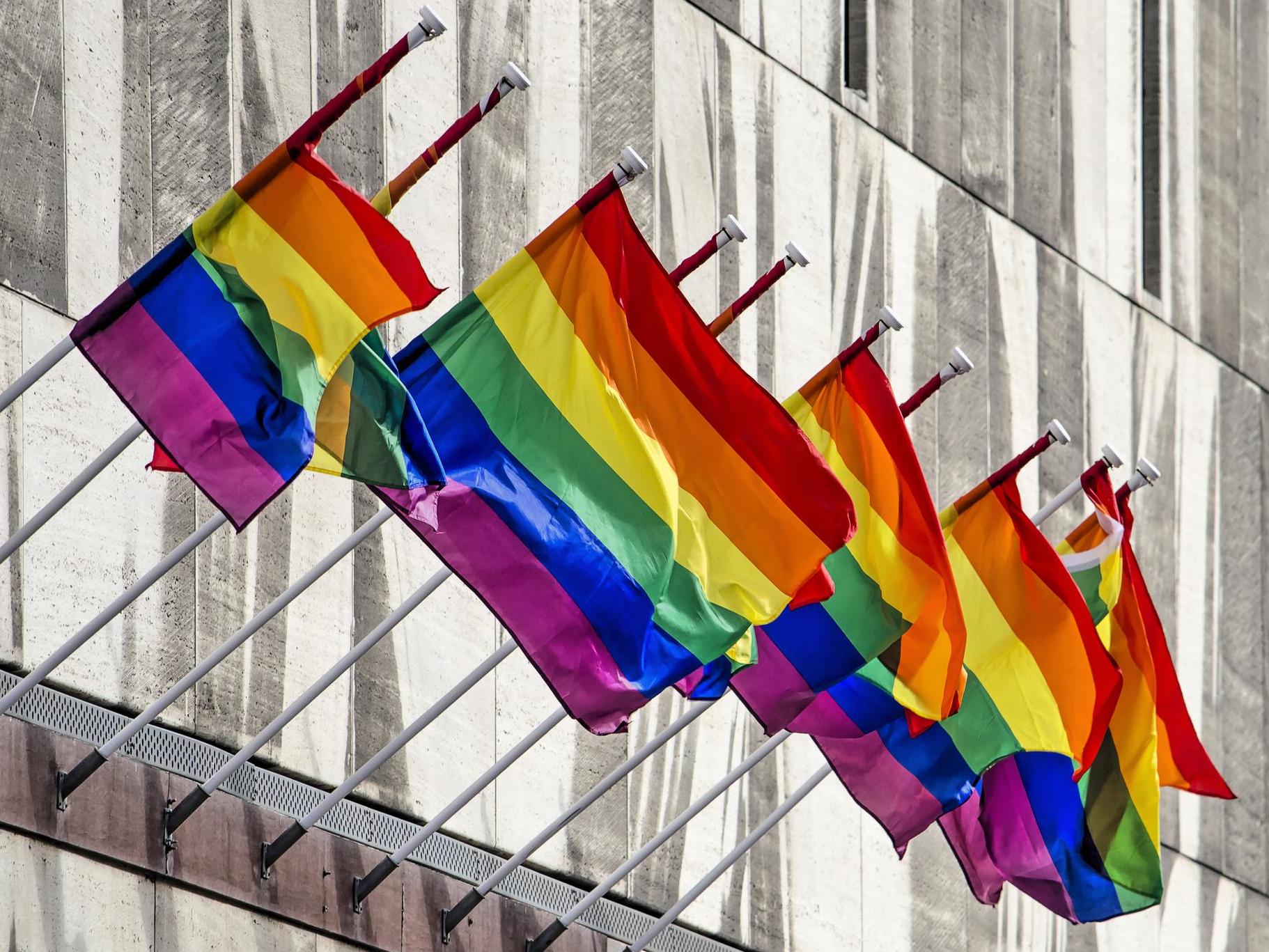Number of people identifying as lesbian, gay or bisexual up 76,000 in a year, figures show
More than one in 50 people now identify as LGB as figure hits record high

Your support helps us to tell the story
From reproductive rights to climate change to Big Tech, The Independent is on the ground when the story is developing. Whether it's investigating the financials of Elon Musk's pro-Trump PAC or producing our latest documentary, 'The A Word', which shines a light on the American women fighting for reproductive rights, we know how important it is to parse out the facts from the messaging.
At such a critical moment in US history, we need reporters on the ground. Your donation allows us to keep sending journalists to speak to both sides of the story.
The Independent is trusted by Americans across the entire political spectrum. And unlike many other quality news outlets, we choose not to lock Americans out of our reporting and analysis with paywalls. We believe quality journalism should be available to everyone, paid for by those who can afford it.
Your support makes all the difference.The number of people identifying as lesbian, gay or bisexual (LGB) has hit a record high in the UK, now accounting for more than one in 50 people, new figures show.
Data published by the Office for National Statistics (ONS) shows the figure increased by around 76,000 in 2018, and up from 1.6 per cent of people over the age of 16 to 2.2 per cent between 2014 and 2018.
People aged 16 to 24 years were most likely to identify as LGB in 2018, at more than one in 25 (4.4 per cent), with people being statistically less likely to do so the older they are, according to the ONS.
Men were more likely to identify as LGB than women, with one in 40 men (2.5 per cent) doing so compared with one in 50 (2 per cent) women.
Regionally, people in London were most likely to identify as LGB, at 2.8 per cent, with people in the North East the least likely, at 1.8 per cent.
More than two-thirds of the LGB population are single – meaning they have never married or entered into a civil partnership – which the ONS said reflected the younger age structure of this population, the changing attitudes of the general population to marriage and the fact that legal unions have only recently been available for same-sex couples.
Laura Russell, director of campaigns, strategy and research at Stonewall, said the charity welcomed the rise in the number of people identifying as lesbian, gay and bisexual, as it showed the "progress we’re making towards equality", but added that the figures still wouldn't be an "entirely accurate" representation of the number of LGB people in the UK.
She added: "We still don’t live in a society that is safe and equal for LGBT people. Recent statistics have shown that hate crimes against LGB people have risen by 25 per cent in the last year alone, and are even higher for trans people.
"If we want to live in a world where everyone is accepted without exception, we need every person who believes in equality to stand up and support their LGBT friends, family and the wider community."
Join our commenting forum
Join thought-provoking conversations, follow other Independent readers and see their replies
Comments